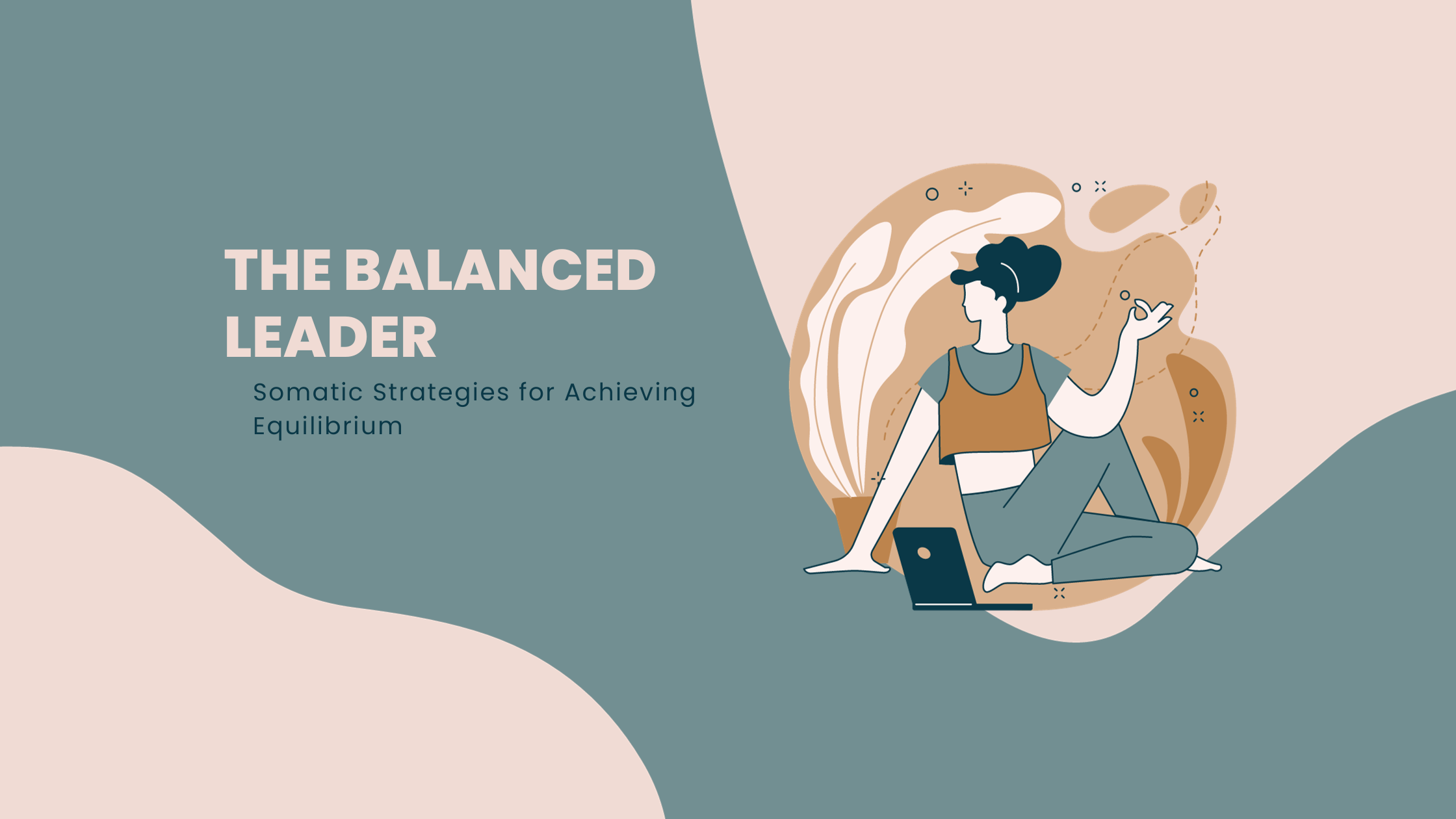
In today's corporate world, leadership responsibilities often come with immense pressure. Whether it's steering your company through a crisis, scaling a startup, or managing a large workforce, the stressors can be relentless. This high-stakes environment inevitably places leaders at risk of burnout—manifested through symptoms like emotional exhaustion, diminished effectiveness, and increased cynicism. In this blog post, we will delve into the neuroscience behind burnout and offer evidence-based strategies to tackle it, leveraging the astonishing power of the brain.
The Neuroscience of Stress and Burnout
The first step to solving a problem is understanding it. Stress in moderate amounts is healthy, triggering the fight-or-flight response that has kept us alive for millennia. However, in today's world, this mechanism can misfire, leading to chronic stress and eventual burnout. At the neurological level, persistent stress can cause inflammation, reduce neural plasticity, and even lead to the shrinkage of vital brain areas involved in memory and emotional regulation.
The Downfall of David, a Rising Star
David was the quintessential rising star. Promoted to a C-suite position at a tender age, he was known for his tireless work ethic. But over time, the constant demands began taking a toll. Despite late hours and increasing doses of caffeine, his productivity declined, and cynicism crept in. This wasn't just 'work stress'—David was on the brink of burnout. But rather than seek help, he tried to 'power through,' causing a decline in his cognitive abilities and emotional resilience.
Brain-Based Strategies for Burnout Prevention
1. Cognitive Reframing: The Power of Mindset
Understanding how the brain perceives stress can be a game-changer. Cognitive reframing is about changing your perspective towards stressors. When you view stress as a challenge rather than a threat, cortisol levels lower, and the brain's executive functions remain intact, allowing for better decision-making.
2. Mindfulness and Meditation: More Than Just A Trend
Scientific studies have shown that mindfulness practices can reduce the size of the amygdala—the stress centre of the brain. As leaders, adopting a consistent mindfulness routine can lead to better emotional regulation, crucial for decision-making in high-stakes environments.
___________________________
Story 2: Sarah's Second Wind

Sarah, a serial entrepreneur, started facing the symptoms of burnout. Instead of ignoring them, she took a science-based approach. Incorporating daily meditation and mindfulness into her routine, she noticed a dramatic change. Not only did her stress levels decrease, but her decision-making skills also improved—leading her to turn her latest venture into a massive success.
_________________________________
3. Neuroplasticity: The Brain's Capacity to Adapt
Your brain isn't set in stone; it's more like clay, able to mould and adapt. Utilising the principle of neuroplasticity, leaders can cultivate new habits that replace burnout-triggering behaviours. Strategies can include learning new coping mechanisms or even engaging in activities that are novel and challenging, thereby boosting neural connections.
4. Social Support: The Neurochemical Boost
Social support is not just emotionally comforting; it has a neurochemical basis. Interactions that provide emotional support trigger the release of oxytocin, known as the "love hormone", which counteracts the effects of the stress hormone cortisol.
5. Sleep and Nutrition: The Fundamentals
Never underestimate the power of good sleep and balanced nutrition. The lack of either can lead to impaired cognitive functions and exacerbate stress responses, setting the stage for burnout.
Conclusion: A Proactive Approach to Resilience
High-stakes leadership needn't be a fast track to burnout. By understanding the neuroscience behind stress and applying evidence-based strategies, leaders can build resilience to tackle the pressures they face daily. David's and Sarah's stories are cautionary tales, with different outcomes based on their approaches to coping with stress. Whether you are in a corporate setting or an entrepreneur charting your own course, the power to prevent burnout lies within you—and more specifically, within your brain.
Further Reading and Tools
If you're looking for more resources on this subject, I've compiled a list of books, academic articles, and tools that can help you further understand the neuroscience of burnout and its prevention.
Call to Action
Leaders, it's time to take control of your well-being. Start by taking our Burnout Assessment and Work-Life Balance Scorecard to pinpoint areas that need attention. Ready to make significant changes in your life? Book a consultation with me today to delve deeper into brain-based strategies tailored to your leadership challenges.
.png)








